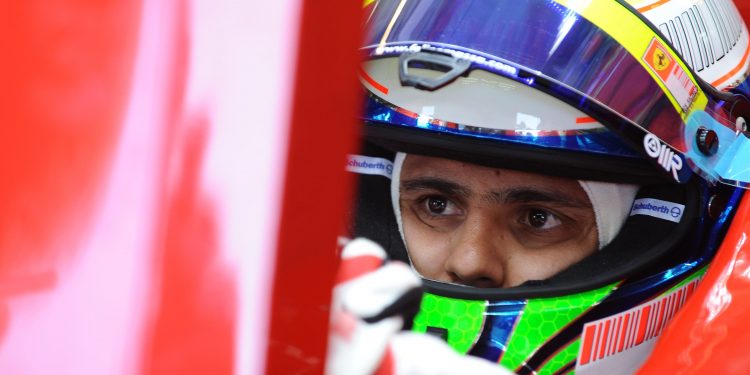FIA Shows Off New Helmet with Latest Safety Standard

The Fédération Internationale de l'Automobile (FIA), the world governing body for motorsports, has released a new helmet standard "that will bring about increased protection for racing drivers in all major championships" on the third and final day of the 2018 FIA Sport Conference held yesterday in Manila.
According to the organization, the new standard--called FIA 8860-2018--comes after over a decade of research "to create the ultimate standard for helmet manufacturers to meet to further increase safety."
One of the driving factors of the new helmet standard was Felipe Massa's accident during the qualifying session of the 2009 Hungarian Grand Prix when his helmet was struck by a loose spring from Rubens Barrichello's car as he (Massa) was doing 220 kph. Though the helmet protected Massa's head to a certain degree, the area around his left eye was injured, necessitating surgery to it. Further tests also revealed that Massa needed to have a titanium plate to be inserted into his skull to cover one area where a piece of the bone was removed as it was damaged beyond repair. Incidentally, Massa was a recent visitor to Manila as he was one of the most prominent guests on the list of the FIA Sport Conference.
This is why one of the most noticeable change with the new helmet standard is the slimmer visor opening, as it was lowered by 10 mm "to incorporate increased ballistic protection in the frontal area."
Other changes in the new helmet standard's design are:
- Extended areas of protection on sides to offer compatibility with latest single-seater headrests and closed car seat-side head protection systems, ensuring energy management is exactly where headrests are positioned.
- Helmet shell construction using advanced composite materials to ensure it is not only tough but also resistant to crushing and penetration.
- Test methods include variable crash speeds to account for different accidents and a range of weights to account for different mass headforms.
- Standard impact: Helmet impact at 9.5m/s. Peak deceleration on ‘driver’s head’ shall not exceed 275G.
- Low velocity impact: Helmet impact at 6m/s. Peak deceleration shall not exceed 200G with a maximum average of 180g.
- Low lateral impact: Helmet impact at 8.5m/s. Peak deceleration shall not exceed 275G.
- Advanced Ballistic Protection: A 225g metal projectile fired at 250 kph. The peak deceleration shall not exceed 275G.
- Crush: A 10kg weight falling 5.1 meters onto helmet. Lateral and longitudinal tests. The transmitted force should not exceed 10 kN.
- Shell penetration: A 4kg impactor dropped onto helmet at 7.7 m/s.
- Visor penetration: Air rifle fires 1.2g pellet at visor. Pellet must not penetrate the interior of the helmet.
- Visor coating: Transmitter test to ensure coloration and vision is not significantly changed or distorted.
- Retention system: Roll-off test and dynamic test to ensure strength of chin strap and its attachments.
- Chin guard linear impact: Impact test with full headform at 5.5m/s. The peak deceleration shall not exceed 275G.
- Chin guard crush: Hammer hits chin guard and measures ability to keep impact away from the head.
- FHR mechanical strength: Test to ensure high strength of attachment points for Frontal Head Restraints.
- Projection and surface friction: Test to ensure helmet surface uniformity and that friction is minimized. Shell surface also subjected to BARCOL hardness test for resistance to penetration.
- Flammability: Helmet exposed to 790 C° flame; it must self-extinguish once flame is removed.
Featured Articles
- Latest
- Popular
Recommended Articles For You
Featured Cars
- Latest
- Upcoming
- Popular
Car Articles From Zigwheels
- News
- Article Feature
- Advisory Stories
- Road Test



